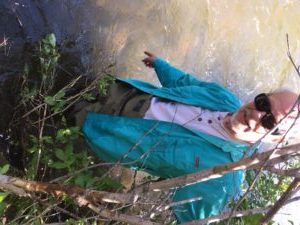Trout in the classroom (TIC) is an environmental education experience that fosters hands-on learning through the rearing of trout from eggs to fry. The program provides K-12 students meaningful opportunities to apply relative topics taught in the curriculum to the life cycles emerging before them, as well as to the variety of challenges that arise out of maintaining a steady state environment for the growing trout.
A General Overview...
While the Trout in the Classroom program has been adopted on a robust level in many states throughout the U.S., it is just beginning to emerge as a teaching tool for schools here in Colorado. In 2016, Colorado TU supported five sites around the state. In 2017, we expect that number to more than double, with TIC programs being adopted by teachers, TU chapters, and their local communities throughout the state. The sites will range from elementary school classrooms to college science labs and can be found across Colorado –from the suburbs of Aurora, to the Grand Mesa on the Western Slope.

Trout in the Classroom offers a high degree of flexibility for teachers when it comes to applying trout life cycles to the core curriculum. Lesson plans can be adapted to link learning objectives with “real world” outcomes.
For example, students at a site in Blackhawk, CO routinely help test the water quality of their tank; identifying potential issues (i.e. the water is becoming too acidic), using problem solving skills to propose solutions (add “x amount” of a certain chemical compound), and charting the results over time. Is the health of the fish or pH improving?
Within any TIC activity, youth find themselves emboldened by opportunities to apply math and science concepts to actual problems, as well as receive the added social benefits of identifying challenges within their environment and taking concerted efforts to solve them.
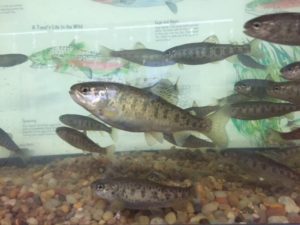 "I like testing the water to help keep the fish alive," says one of the students in the Blackhawk classroom.
"I like testing the water to help keep the fish alive," says one of the students in the Blackhawk classroom.
In short, TIC is not just helping to prepare the upcoming wave of engineers and scientists – it is also empowering the next generation of stewards.
To demonstrate the impacts that TIC is having in classrooms around the state, Colorado TU will be following the program in a handful of schools and providing regular updates from the field.
October-November: The Eggs Have Arrived!
At the time of this article (early November), there are currently four classrooms that have eggs in the water and several others that are in the process of setting up their equipment. Once a site is ready, the rainbow trout eggs are shipped over night from the Ennis National Fish Hatchery in Montana and arrive at the classroom early the next day. Teachers have been working closely with their students to carefully place the eggs in the tank and some are even starting to see them hatch now!

Profile: 5th Grade Science Class at Gilpin County School, Blackhawk, CO
Student: Avery Ramsey, 5th Grade
"Our trout program in Gilpin is really cool. It is amazing to watch them grow. We learned about each stage in a trout’s life, and now we actually get to see it!"
Teacher: Vanessa Grenader
"Trout in the classroom provides hands on, inquiry-based learning. As a project based teacher, this program fits into my curriculum perfectly. I am able to engage the students, and integrate the 5th grade science standards into the program seamlessly. My students feel like real scientists as they learn. Now, I can’t imagine a school year without our trout!"
--
For more information on Trout in the Classroom, you can follow the links below, or contact Dan Omasta (domasta@tu.org) at Colorado TU.
Colorado TU TIC Program
National Trout in the Classroom Project
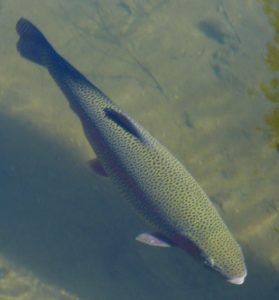


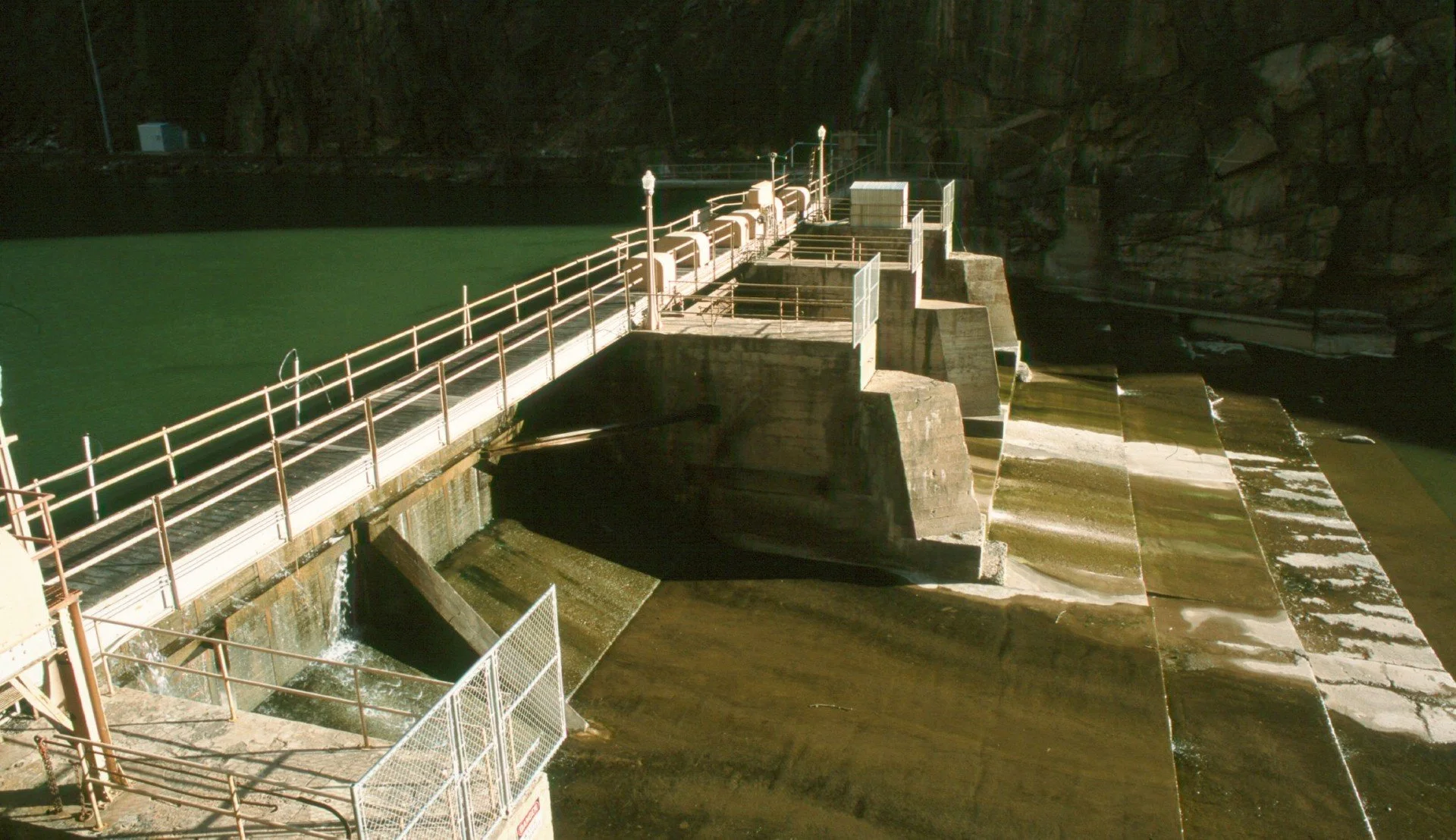
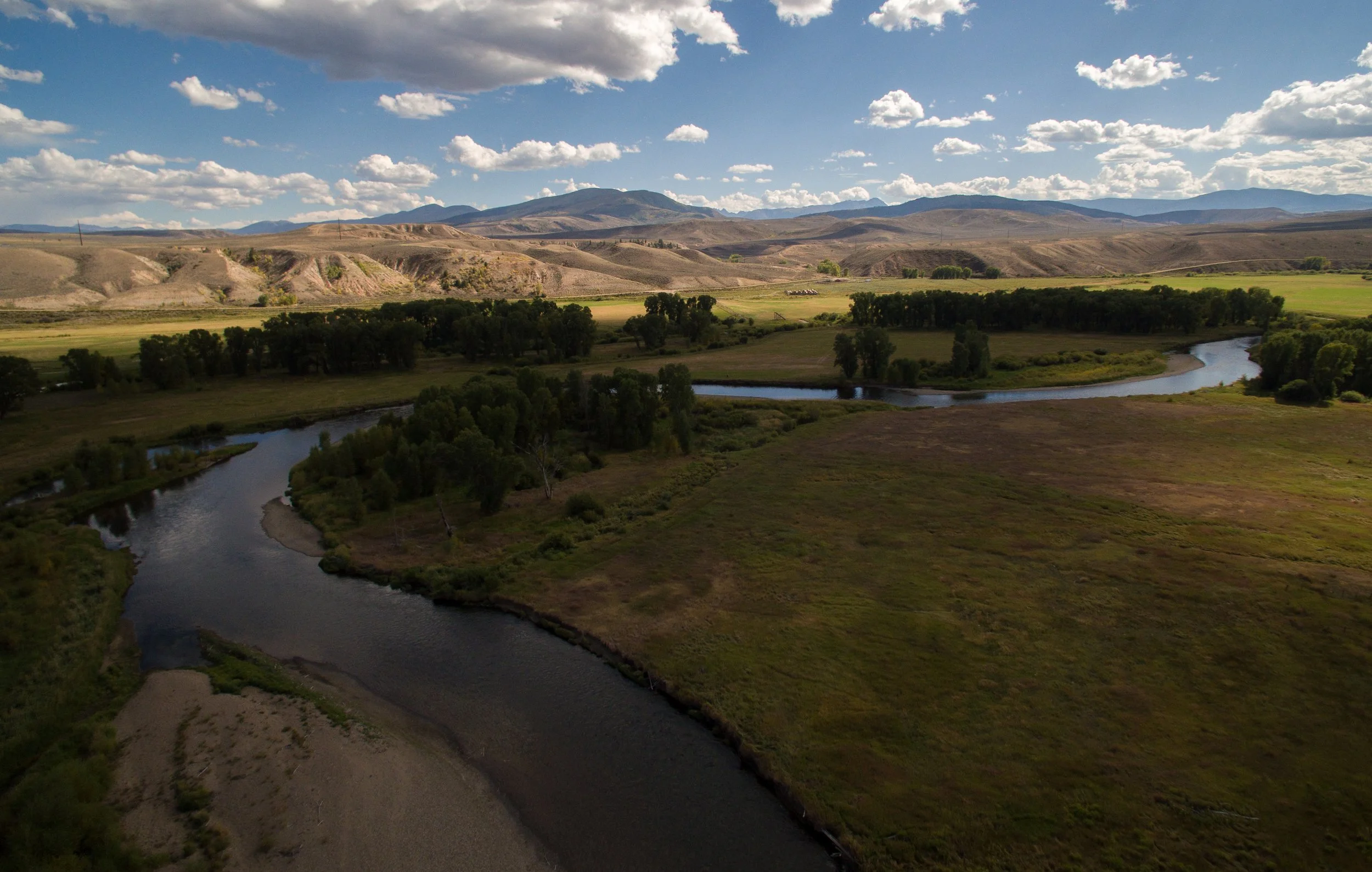
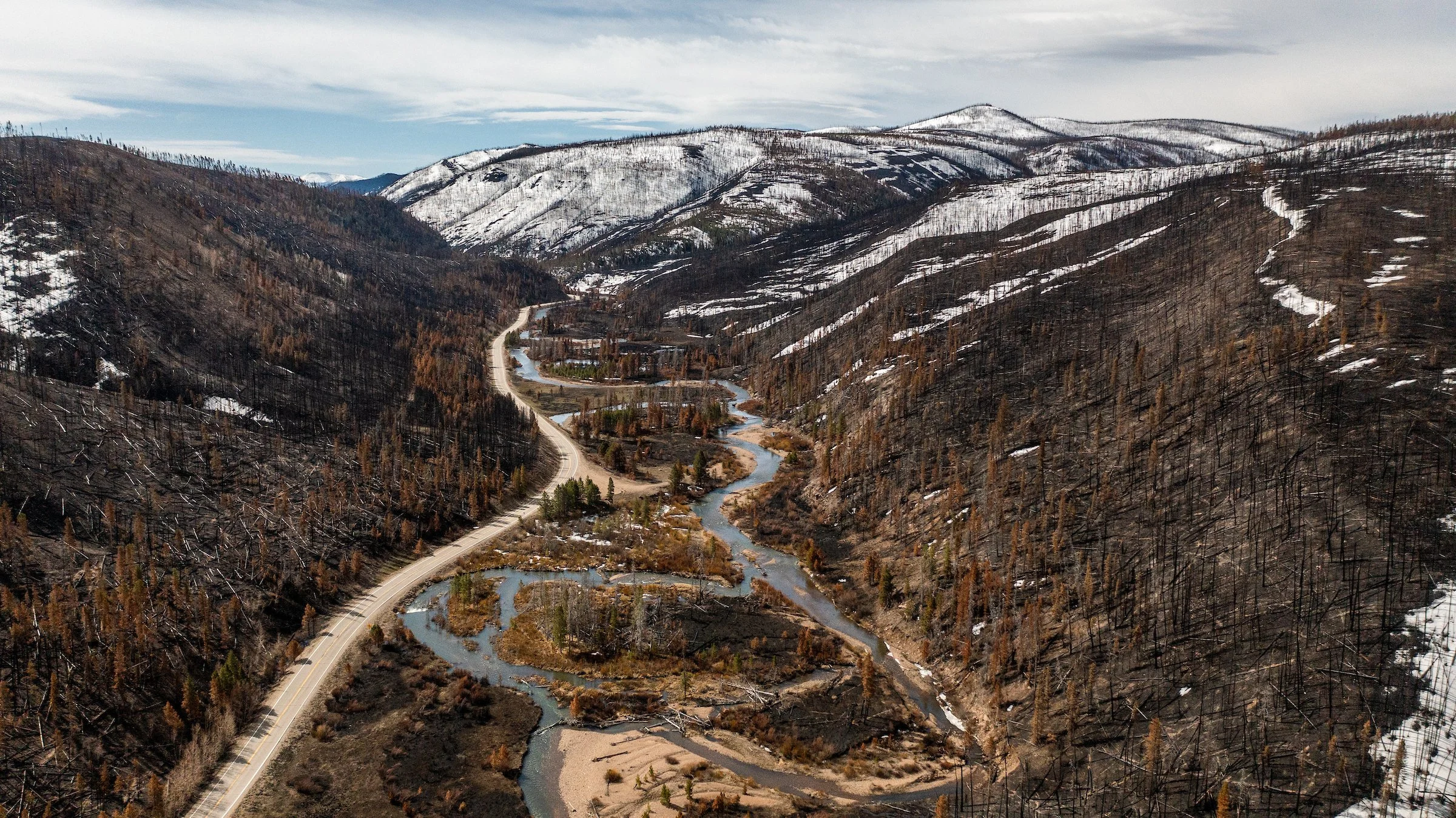

 Working together, the two groups helped to build the signs and Kirk's guides put them out in the Fall. As the ecosystem slowly begins to rebuild itself, it is critical that anglers respect the fragile nature of these fish populations. Thank you to Kirk's Fly Shop, the guides, and our members in the Alpine Anglers Chapter for helping to protect this recovering stretch of river!
Working together, the two groups helped to build the signs and Kirk's guides put them out in the Fall. As the ecosystem slowly begins to rebuild itself, it is critical that anglers respect the fragile nature of these fish populations. Thank you to Kirk's Fly Shop, the guides, and our members in the Alpine Anglers Chapter for helping to protect this recovering stretch of river!
 "I like testing the water to help keep the fish alive," says one of the students in the Blackhawk classroom.
"I like testing the water to help keep the fish alive," says one of the students in the Blackhawk classroom.
 Why did you become a member and what chapter are you involved with?
Why did you become a member and what chapter are you involved with?
 What else do you do in your spare time or work?
What else do you do in your spare time or work?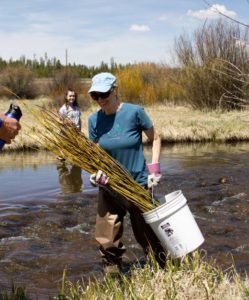 The group’s inaugural project at Fraser Flats aimed to restore a roughly one-mile stretch of the Fraser between the towns of Tabernash and Fraser, with the goal of providing healthy habitat for trout even during periods of reduced flows. The Fraser in this section had become too wide and shallow, resulting in sedimentation and high temperatures that smothered bug life and pressured coldwater-loving trout.
The group’s inaugural project at Fraser Flats aimed to restore a roughly one-mile stretch of the Fraser between the towns of Tabernash and Fraser, with the goal of providing healthy habitat for trout even during periods of reduced flows. The Fraser in this section had become too wide and shallow, resulting in sedimentation and high temperatures that smothered bug life and pressured coldwater-loving trout.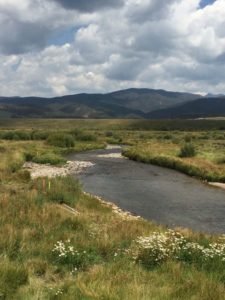 Colorado Parks and Wildlife conducted a fish survey on Oct. 5, shortly after completion of the project, and found dramatic increases in the biomass of brown and rainbow trout in the stretch compared to previous surveys, and an even larger increase in numbers of larger (14" and up) fish.
Colorado Parks and Wildlife conducted a fish survey on Oct. 5, shortly after completion of the project, and found dramatic increases in the biomass of brown and rainbow trout in the stretch compared to previous surveys, and an even larger increase in numbers of larger (14" and up) fish.
